


The radio and electronics blog of Carl Ratcliffe, M0ICR



Some good DX reception with the QCX Mini today.





Nice that my peanut power WSPR from the QCX Mini is being heard in Antarctica again (great to also be heard in PY1 – Brazil).

In fact, it seems I am being received by both RX at the German Research station:

Curious that I am also being heard by the MV Polarstern in the North Atlantic (interesting that she’s not signing with the suffix maritime mobile, /MM) although she does seem to be moving south. Moving down south for the 21/22 season?





A bit of research on Google: The vessel is en route to DE BRV>>ES PLA, sailing at a speed of 10.5 knots and expected to arrive there on Dec 16, 08:00.

Interesting that my WSPR also received by the Canadian Arctic station VY0ERC at the same time as I am being received in Antarctica. The QCX Mini 40m is a marvel!


12 December update
Making good progress:

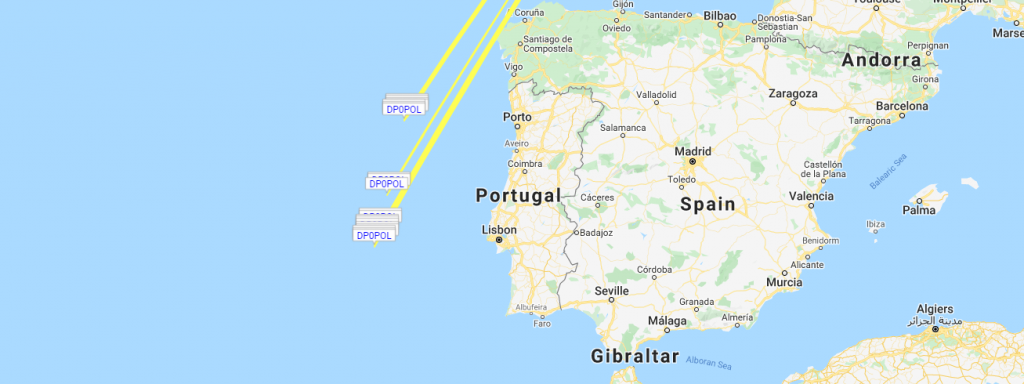

Update 13 December 22
Not too strong but only 100mW tonight with the QRP Labs Ultimate 3 transmitter

Update 14 December 22


Still been received by the German Neumayer Station III in Antarctica
https://en.wikipedia.org/wiki/Neumayer-Station_III

Update 15 December 2021

Update 16 December 2021



As I had the (base loaded) G7FEK (double inverted L) still up after the CQWW CW contest I thought I’d put out a few calls on FT8 (1840KHz), nice to see that my peanut station is making it into the USA albeit within a fairly tight area:

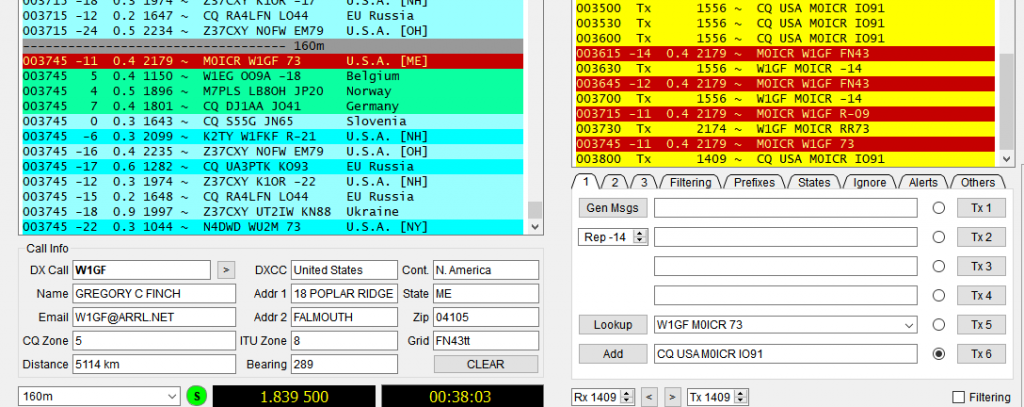

Fun to enter the CQWW CW Contest this weekend, active on all bands 160 – 10m.
Radio and antenna
Simple setup: Icom 7300 radio and the following antennas:
40m half wave end fed: for 40m and 20m
G7FEK (pair inverted L’s joined at the feed): 160m (with loading coil), 80, 40m ((but usually the half wave)
Fan dipole: 15, 10m
Raw score and comparison


… beats my first entry (2020) as M0ICR:

500% increase in and more than double the QSO. Also a increase in Zones worked (42 up to 57) and Countries (Cty) increase from 133 to a pleasing 212.
Highlights
The highlight of 2021 was working 5 ZL’s (New Zealand stations) in the early hours of Saturday morning:
ZM1A
ZL3X (Quake Contesters – Drinkers with a Contesting Problem! …. according to QRZ.com)
ZL4TT
ZM1M
ZM4T
The vast majority of QSO were made of a steady stream of cross-Atlantic QSO on 20 and 15m from noon through to early evening, switching to 40m in the evenings and sweeping up European stations (and the odd bit of DX) on 80m and 160m later at night / early hours.
It was a shame that conditions seemed so poor on 10m but working 30DXCC on 160m made up for that considering the sub-optimal antenna I am using on that band (G7FEK and loading coil). Details of the G7FEK can be found here: http://www.g7fek.co.uk/software/G7FEK%20antenna.pdf with the loading coil at page 11.
CQWW CW Conditions
Conditions good at the start of the contest (for a change!):

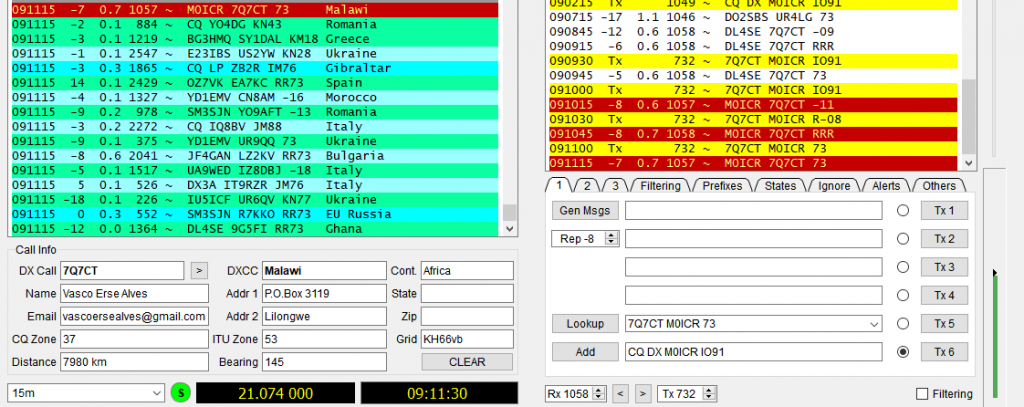
Just a few images from our last Drowned Rats outing. This is the RSGB 144MHz and 432MHz October Contest.
Rats on parade were: M0SAT (Dave), G7LRQ (Anthony), 2E1LEX (Alex), M0ICR (Carl), M0ZRG (Gene) and a very welcome visit from Gordon G3WYG and his XYL Fiona.
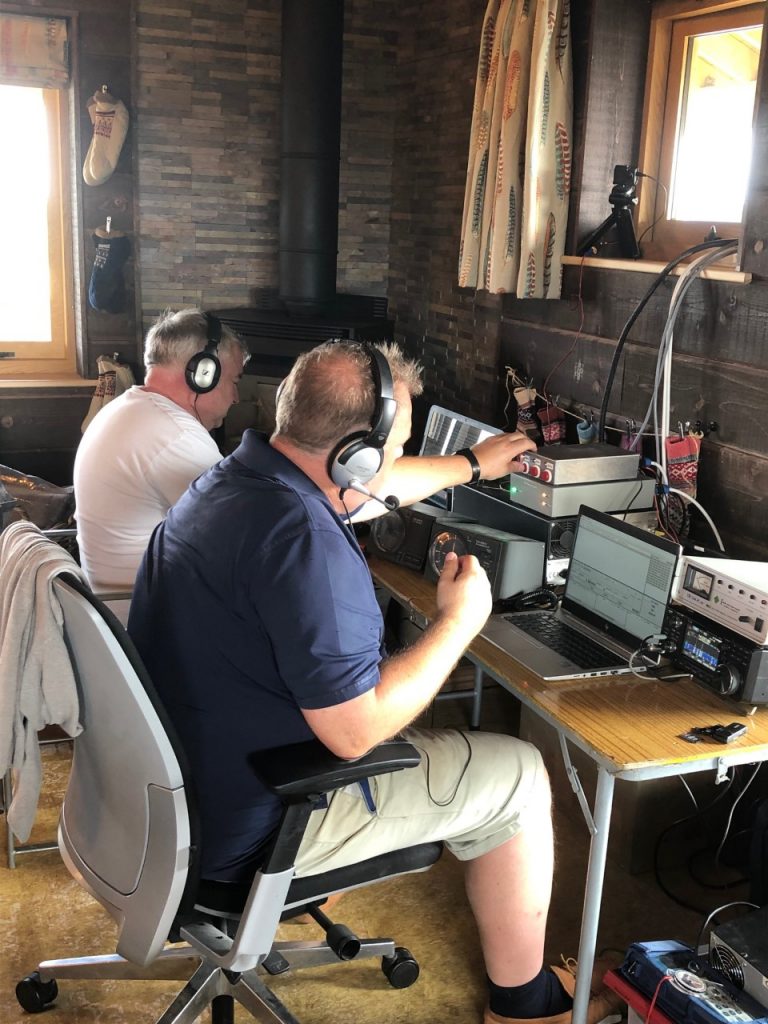
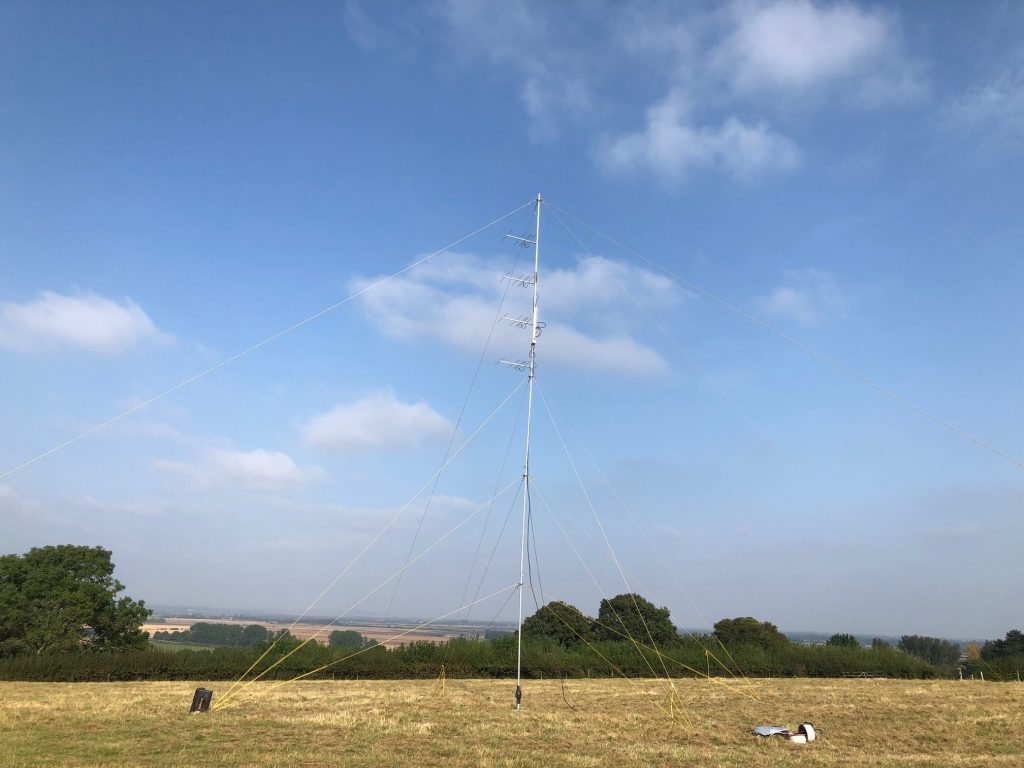
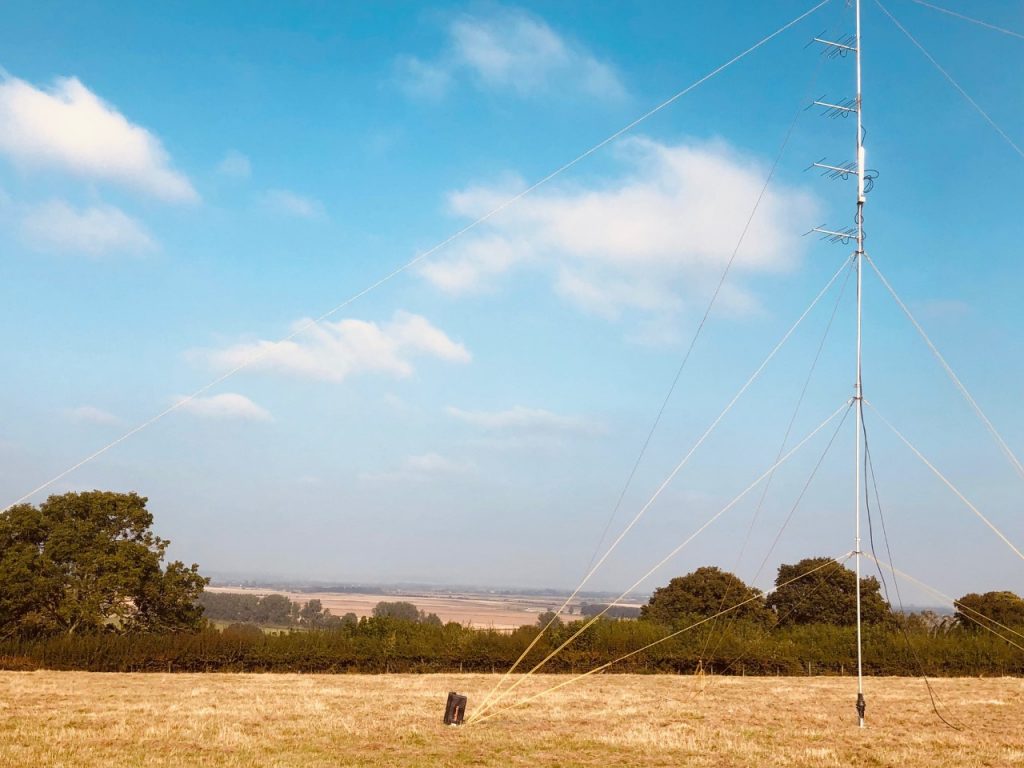
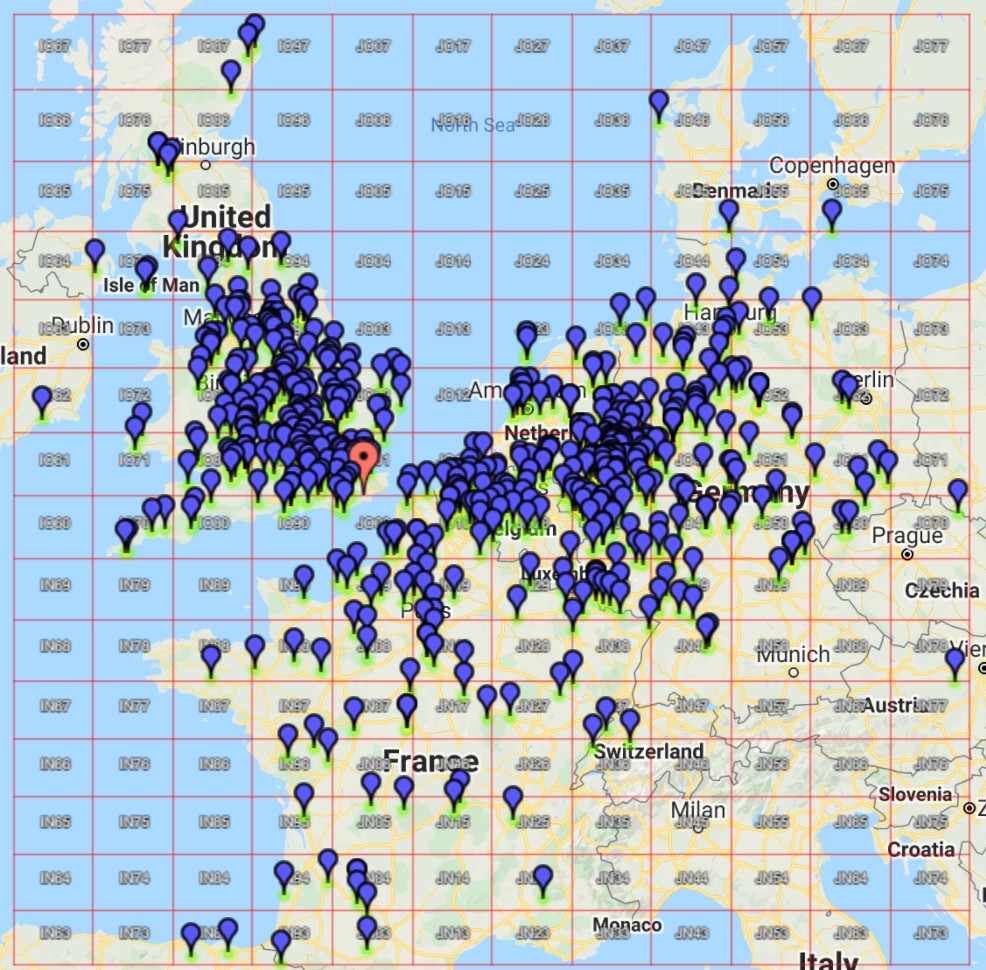
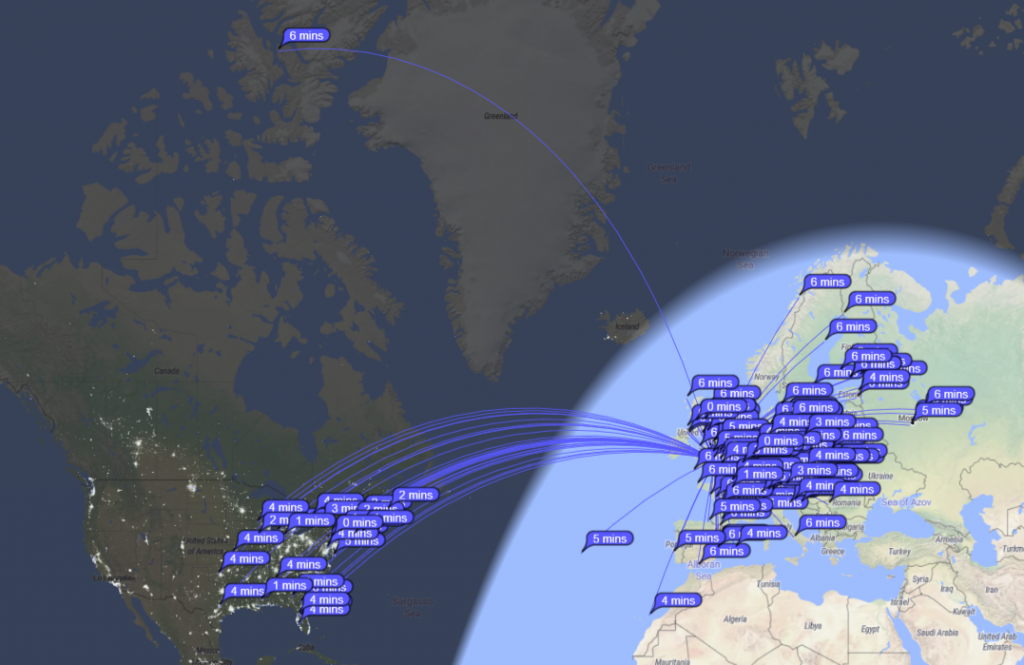
From QRZ.com VY0/VE1RUS is operating from Eureka, Nunavut at the PEARL Ridge Lab.
PEARL is the Canadian Polar Environment Atmospheric Research Laboratory in the Arctic.
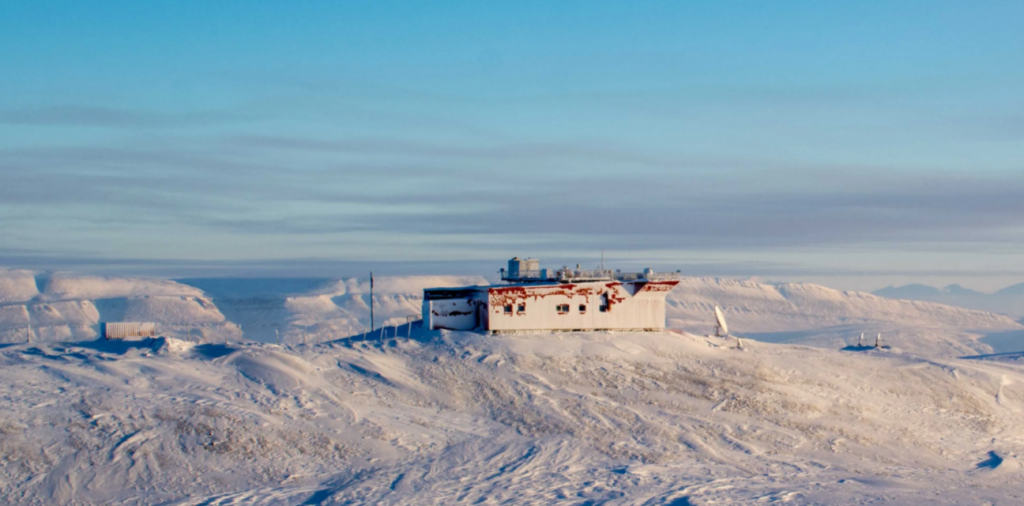
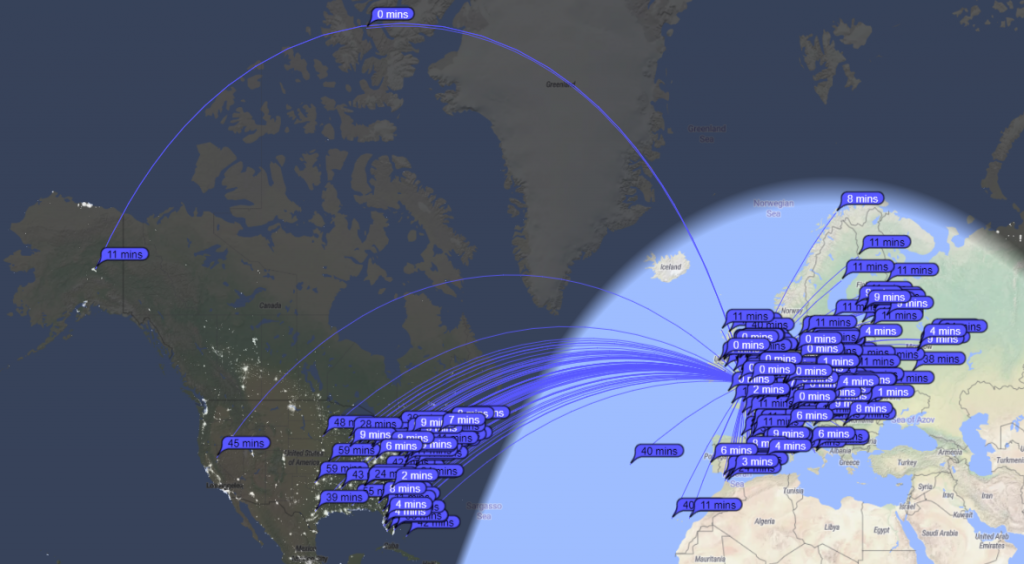

POST CONTEST REPORT
Conditions
As at 14 November 2021 2200 GMT – SFI:78 SN:24 A:4 K:0

No geomagnetic storm reported.
Conditions on the higher bands were not great with 10m particularly poor. I did take a listen on 10m at regular intervals but only hear one station all contest (EA), even 20m was a bit of a slog. 80m productive although the majority were <1000 Km QSO into DL (perhaps unsurprising given that this was a DARC event). Other commitments precluded a full-duration entry this weekend so I’m happy with the 700 or so QSO.
Using QTC for the first time
This was my first time using QTC for receive and transmit and I found them fairly straightforward in Mixw (my RTTY contest software of choice) once I had a set of macros setup correctly although I could do with a bit more practice. I followed the guides here:
http://www.digitalrus.ru/Files/Tuning&Result/DARC_WAE_RTTY.htm and http://www.gu0sup.com/wae.html
Antenna
80m/40m – G7FEK did an OK job on 80m although I am not convinced by it on 40m, I think I need a better solution for 40m. With a bit of thought I may be able to rig up an inverted V for 40m on the same 10m fibreglass mast (DX Commander 10m telescopic) that is holding the fan dipole for 15m and 10m aloft.
For 20m I was using the DX Commander 1/4 wave vertical, this performs okay but I am considering adding a third element to the trapped dipole to give 20/15/10.
No half wave end-fed in this contest – I need to rework the balun.
Radio
Just the trusty Icom 7300 at about 90W.
Quite happy with my tally considering I was using an HF long wire!

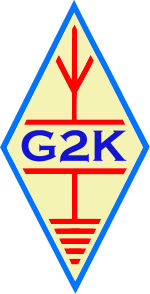
Very pleased to have qualified for my new contest callsign – G2K
Just entered my log, the summary is (from N1MM+):
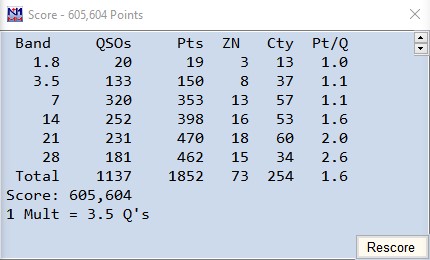
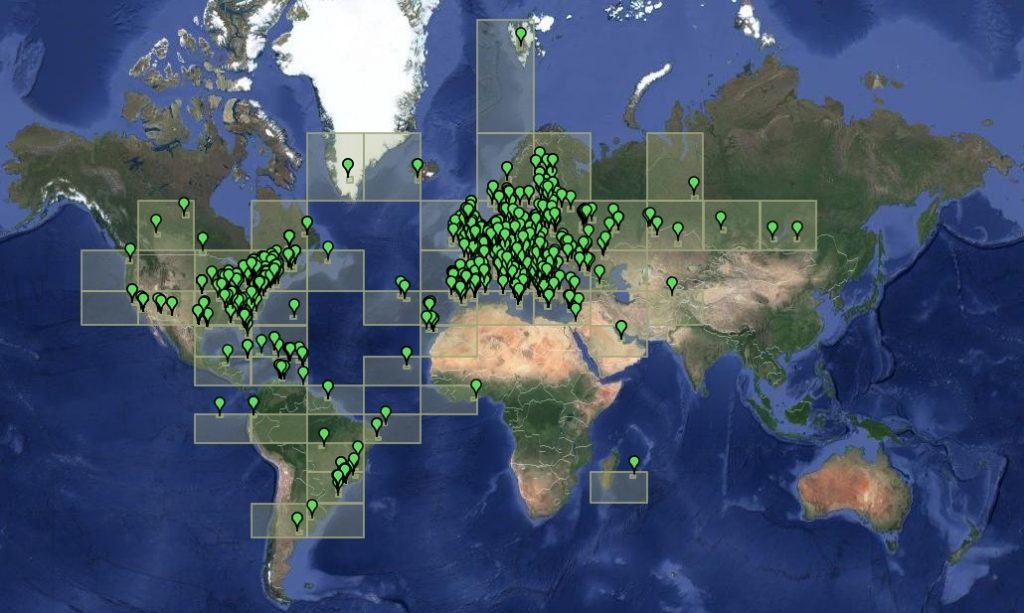
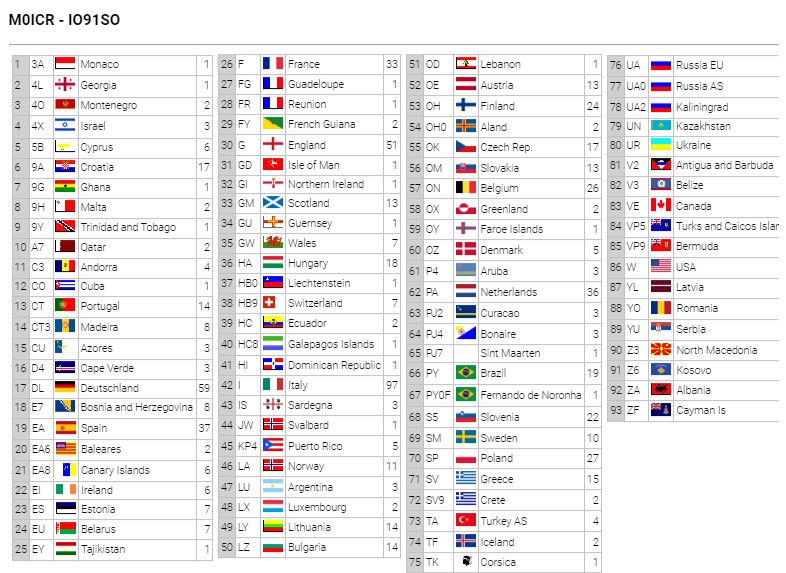
15m FT8 Fox and Hounds mode


Where’s St Maarten?



JARTS is the annual Japanese Amateur Radio Teleprinter Society contest: http://jarts.jp/

I wasn’t taking the contest seriously this year, the focus was really to experiment with some new antennas. 10m was surprisingly quiet (noting that there was quite a bit of 10m FT8 activity through much of the contest). 15m was noticeably better than the band has been in contests for some time (although not sure if that is down to better band conditions, improvement in the antenna system here – or a combination of both!). Typically I would expect to do a big session on 20m during JARTS but it didn’t feel like I was on the band much at all.
It’s a struggle with 100W sometimes and was noticed on 20m and 15m in the morning when JA stations could be heard but not worked. Apart from that, pretty much everything which could be heard was worked with VY5 on 40m a got-away despite many attempts.

Plus J5HKT on 10m FT8, and 3DA0WW on 20m FT8